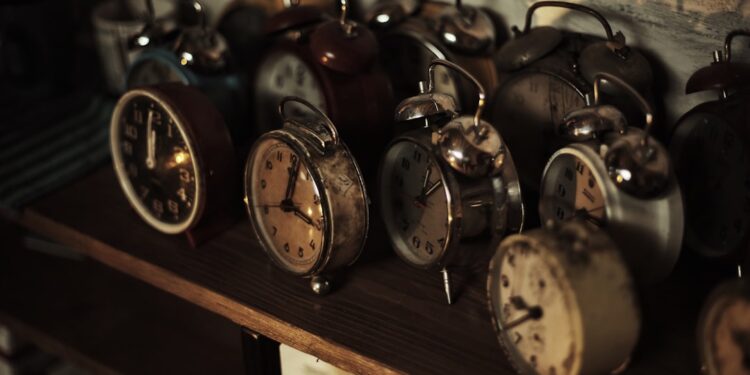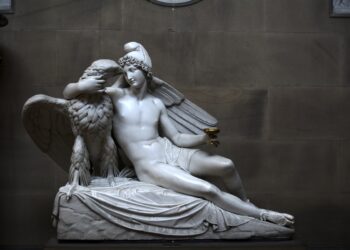What is the Antikythera Mechanism?

A modern atomic clock
An ancient Greek astronomical clock
A medieval European sundial
A Renaissance-era pocket watch
Which civilization is credited with the invention of the water clock?

Romans
Greeks
Egyptians
Chinese
What significant improvement did John Harrison make to timekeeping in the 18th century?

He invented the pendulum clock
He developed the first stopwatch
He designed the marine chronometer
He created the digital clock
The transition from sundial to mechanical clocks began prominently in which period?

Renaissance
Middle Ages
Roman Era
Modern Era
Which type of clock uses vibrations of quartz crystal to keep time?

Atomic clock
Quartz clock
Mechanical clock
Water clock
What was the main purpose of building astronomical clocks in medieval Europe?

Decoration for cathedrals
To keep track of working hours
To display astronomical information
To signal the start of wars
What is the principle behind an atomic clock?

It measures the decay of radioactive isotopes
It measures the oscillations of atoms under certain conditions
It uses the flow of electrons in a superconductor
It relies on the mechanical rotation of gears
What does the term “escapement” refer to in a mechanical clock?

A method to display time on the clock’s face
A component that releases the clock’s gears to move forward
The main spring that powers the clock
The outer casing that protects the clock mechanism
Why did early clocks in the 15th century have only one hand?

Clock mechanisms could not support more than one hand
Time was only measured in hours, not in smaller units
It was cheaper to produce clocks with one hand
The concept of minutes had not been invented
Who was Christiaan Huygens and what was his contribution to timekeeping?

A Dutch scientist who invented the pendulum clock
A British watchmaker who introduced the mainspring
A French philosopher who theorized about time relativity
An American inventor who created the first digital clock
What material was predominantly used in the first mechanical clocks of the 13th century?

Wood
Metal
Plastic
Stone
Who first used a pendulum to regulate the motion of a clock?
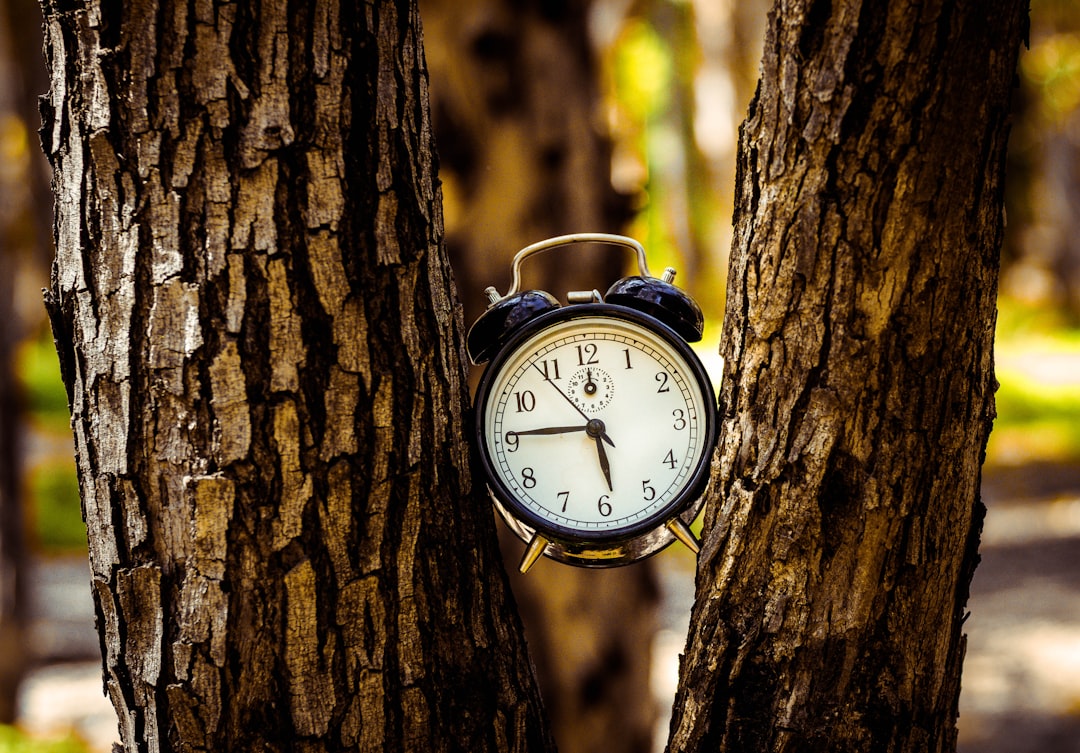
Isaac Newton
Christiaan Huygens
Galileo Galilei
Leonardo da Vinci
In which civilization did the use of hourglasses become common to measure time?

Roman
Medieval European
Ancient Egyptian
Viking
What is the main timekeeping element in an atomic clock?

Decay of radioactive material
Oscillation of metal springs
Vibration of a quartz crystal
Microwave signals from electrons
What was a unique feature of the earliest sundials used in ancient Egypt around 1500 BC?

They could measure time at night
They used water to track time
They were portable
They indicated solstices
What innovation did the Sumerians contribute to timekeeping around 2000 BC?
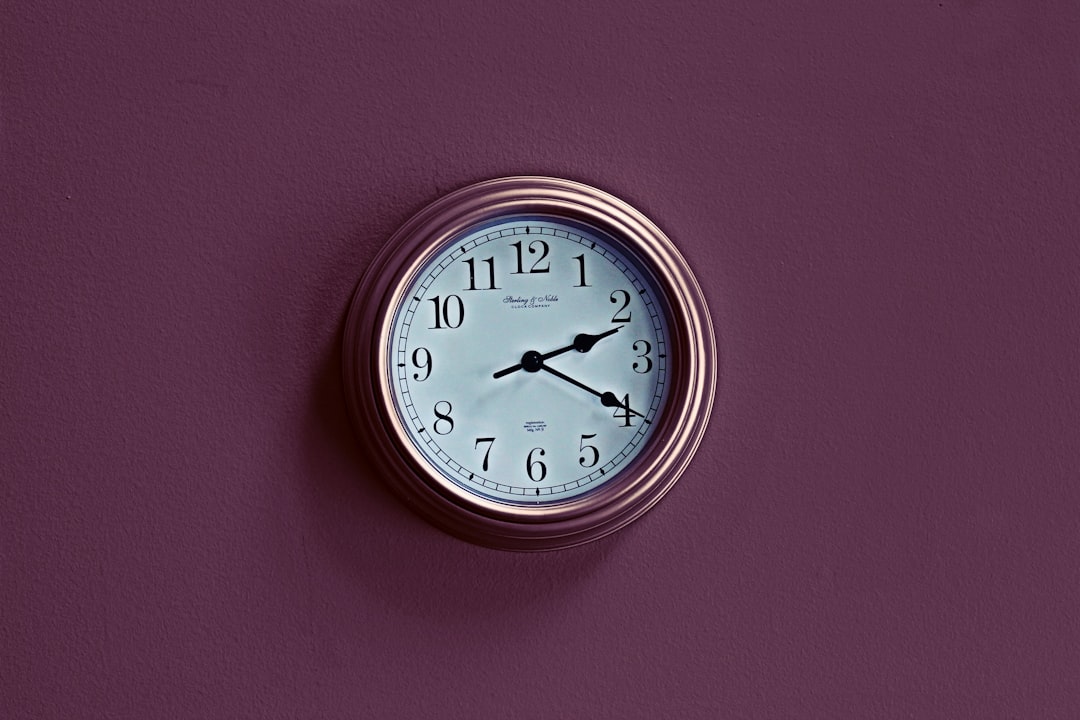
The division of the hour into 60 minutes
The invention of the water clock
The creation of the calendar year
The use of obelisks to track time
What purpose did the Japanese incense clock serve?

Signaling different times of the day through varying scents
Marking the passage of weeks
Measuring the length of night
Counting years
What is the primary reason early mechanical clocks were installed in town squares?

To signify wealth
For practical timekeeping of daily affairs
To coordinate military actions
For religious ceremonies
Why was the invention of the mainspring in the 15th century significant for watchmaking?

It allowed for the creation of smaller, portable timepieces
It improved the accuracy of large clocks
It reduced the cost of clock production
It introduced digital timekeeping
Which medieval European country was a leader in the development of public mechanical clocks in the 14th century?
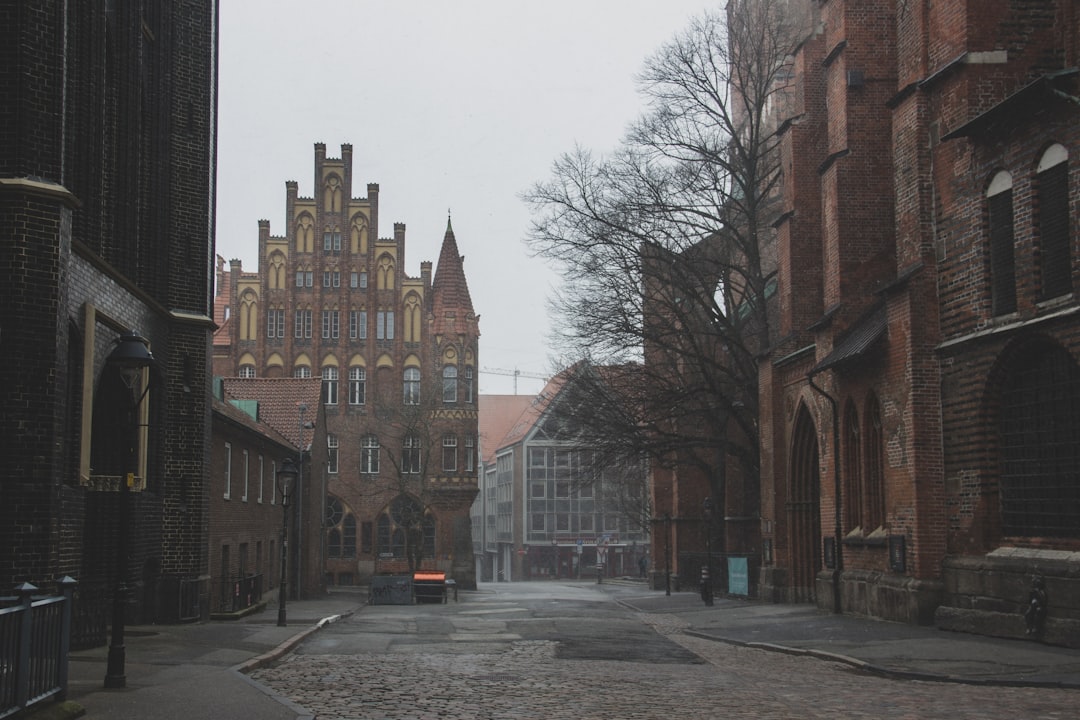
Italy
Germany
France
England
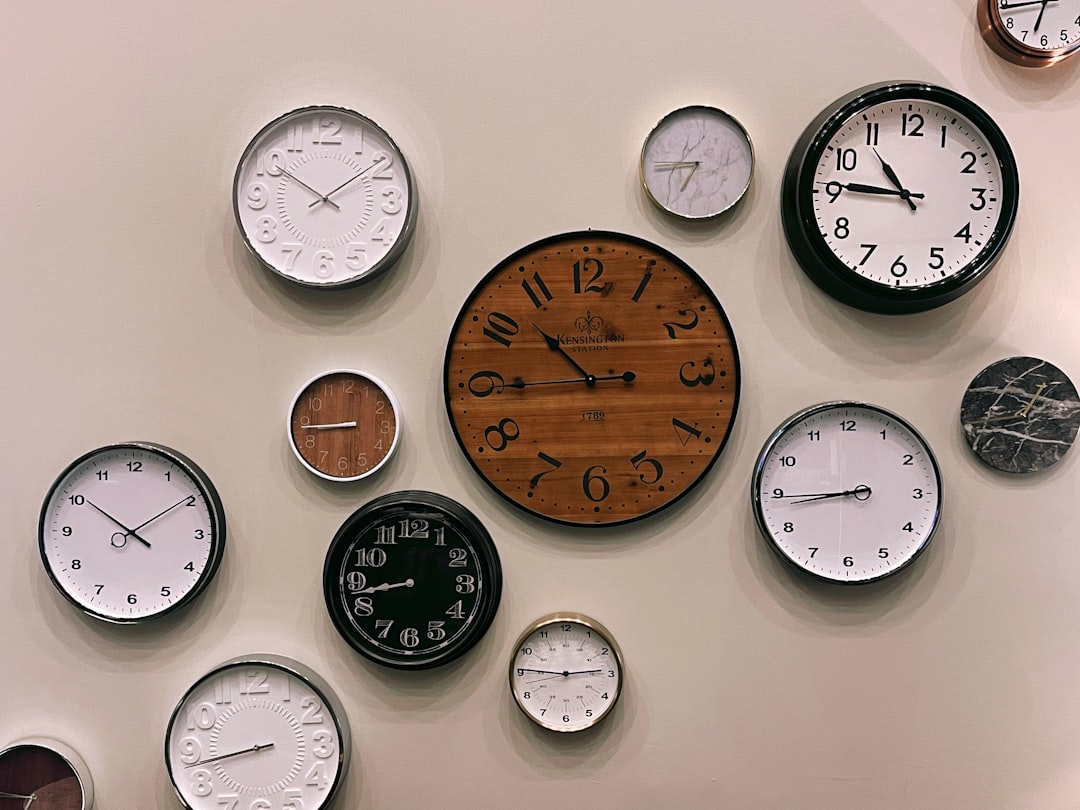
Time Tangled
Your gears might be a bit rusty when it comes to the history of clocks and timekeeping!

Hour Hand Helper
You’ve got a good grasp on the tick-tock of time’s progress, keep winding up your knowledge!
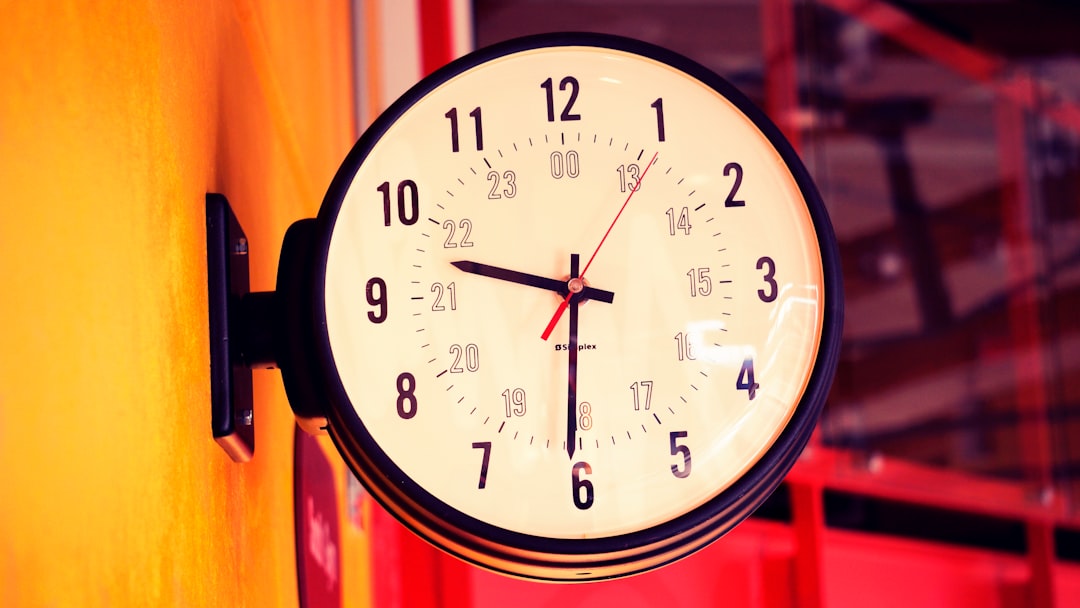
Chronometer Champion
You’ve mastered the mechanics of time, nothing about clocks is too complex for you!

